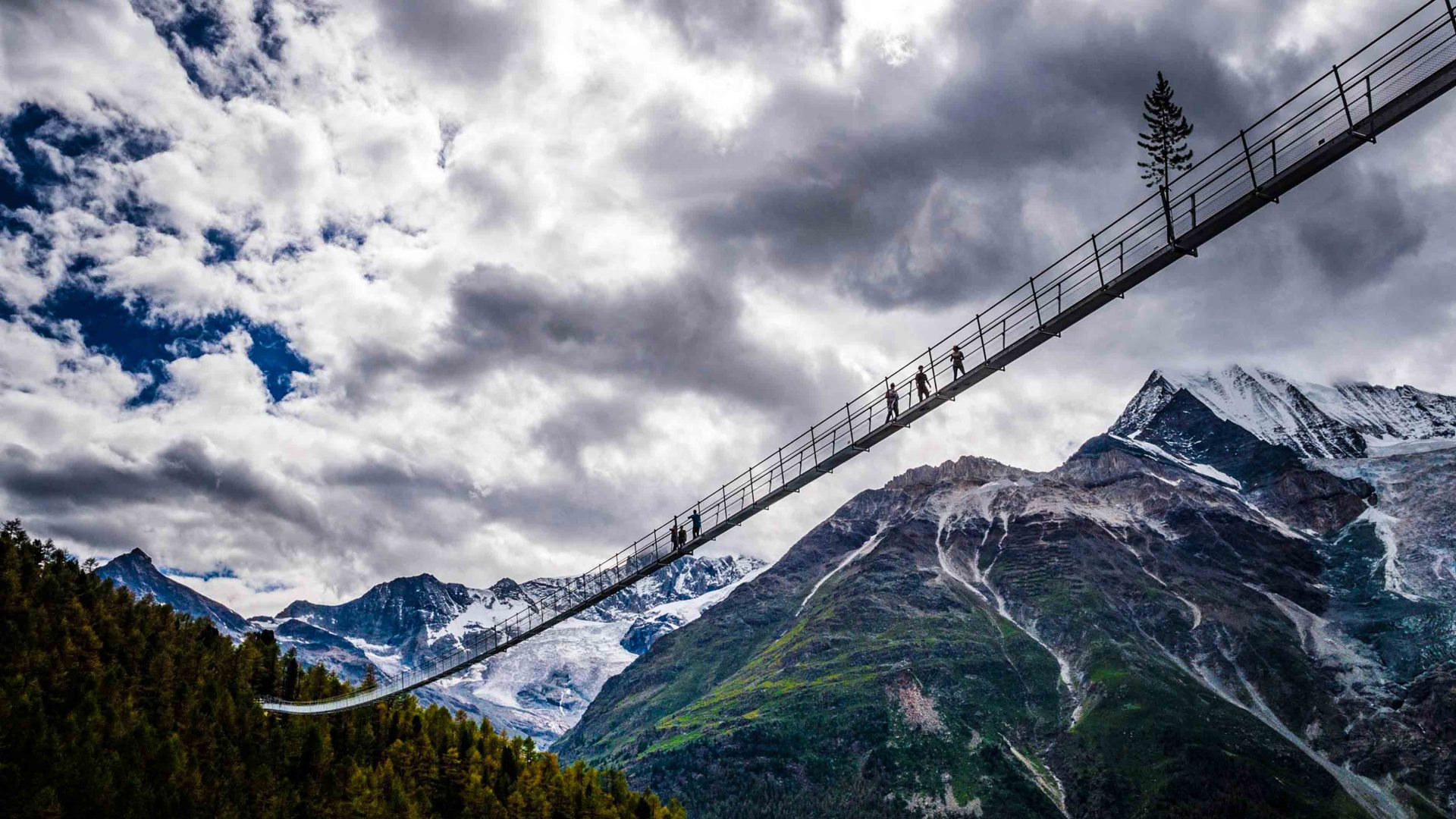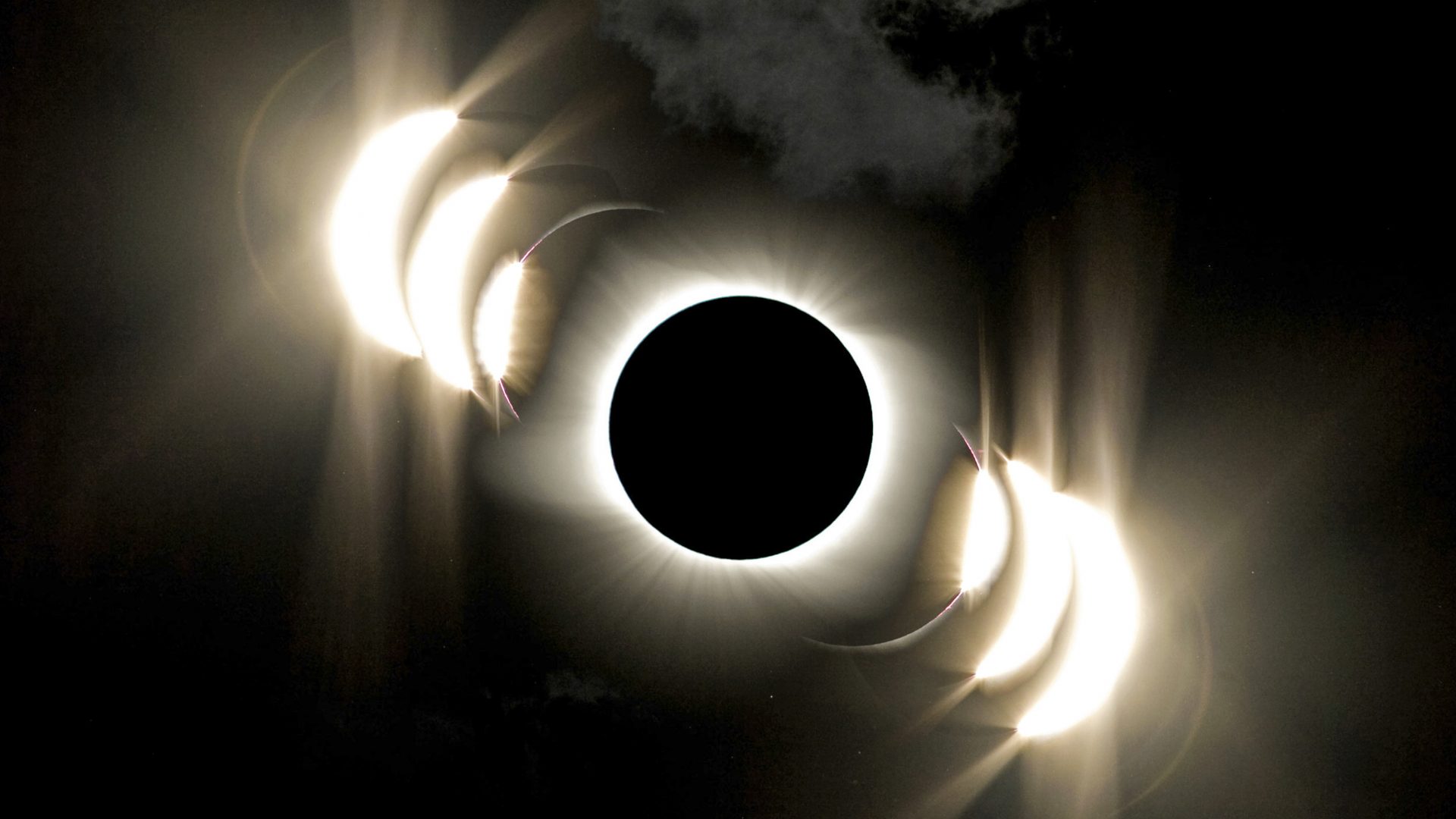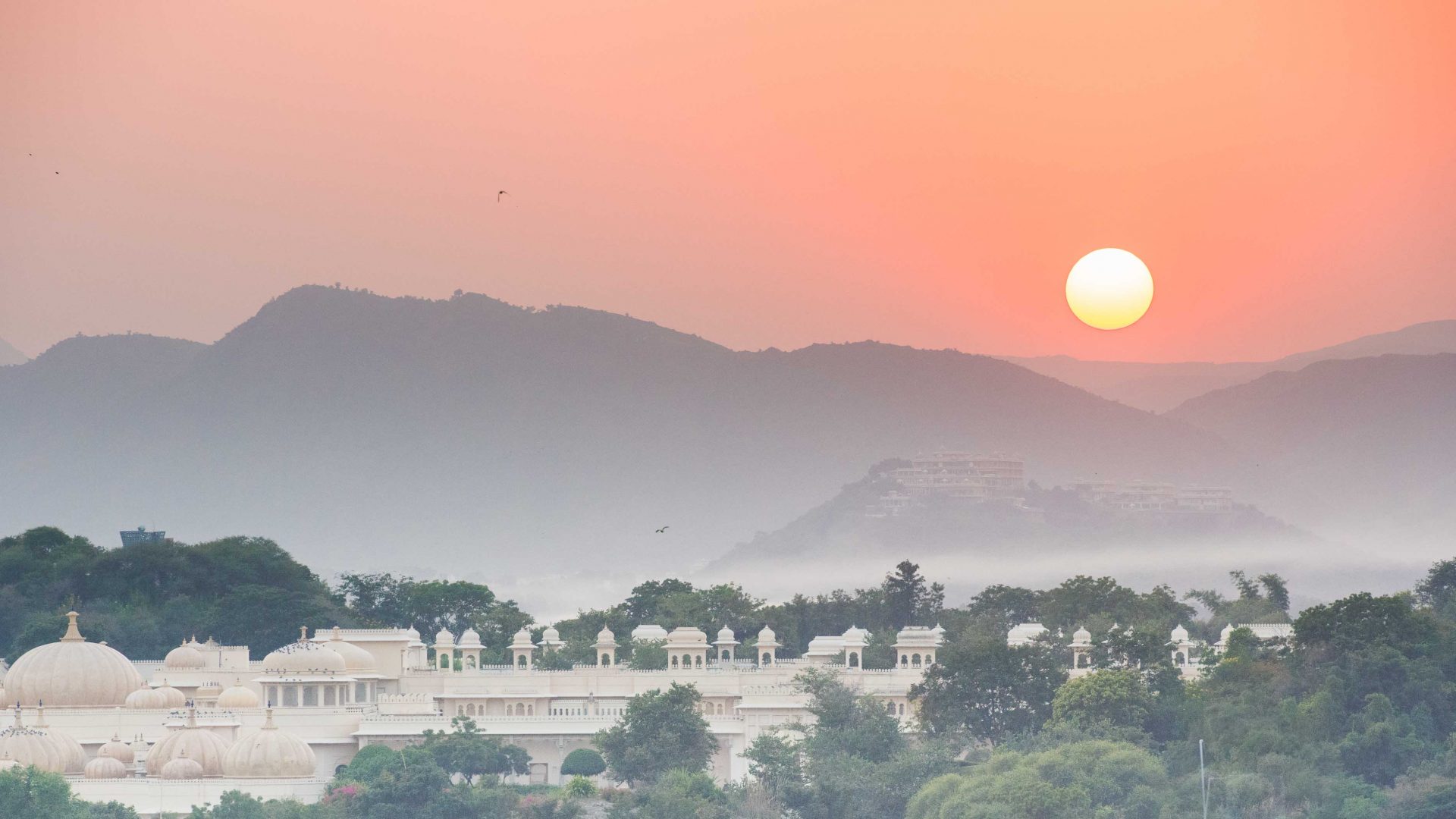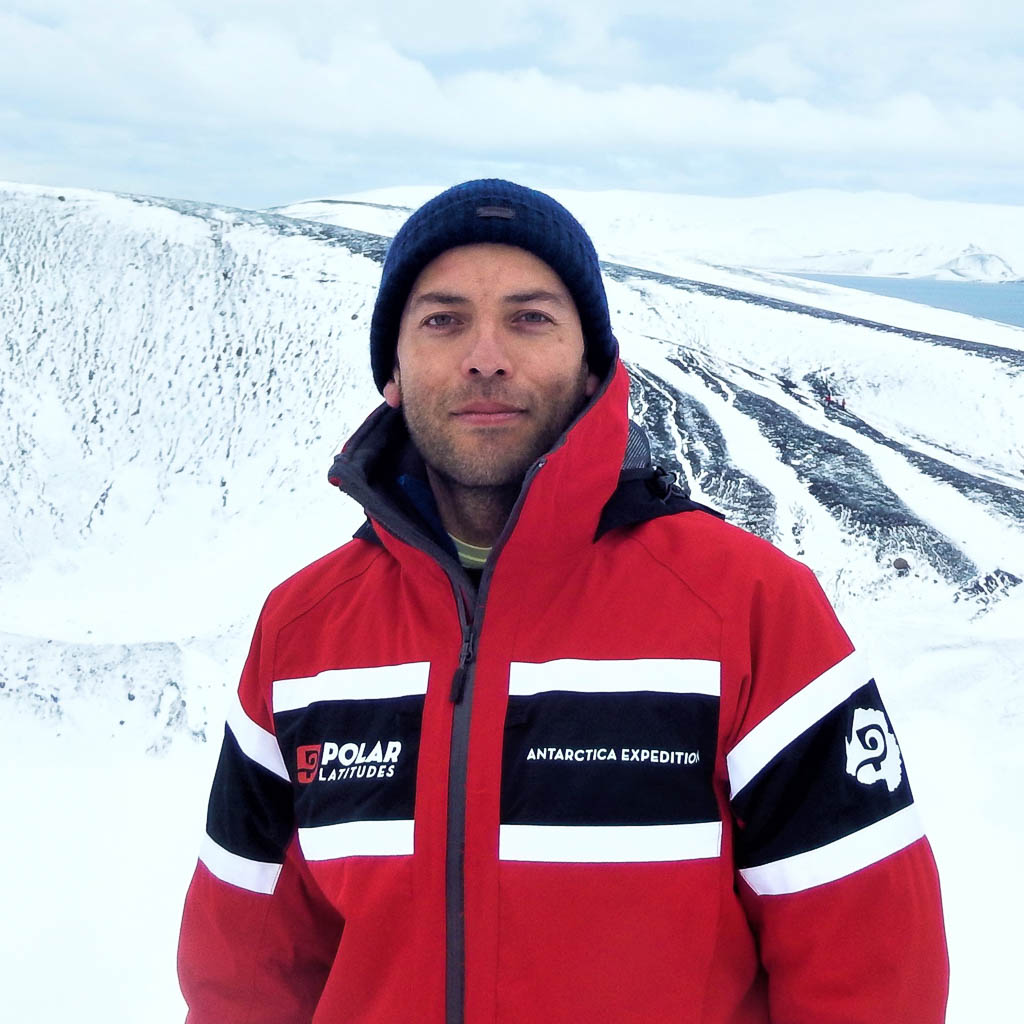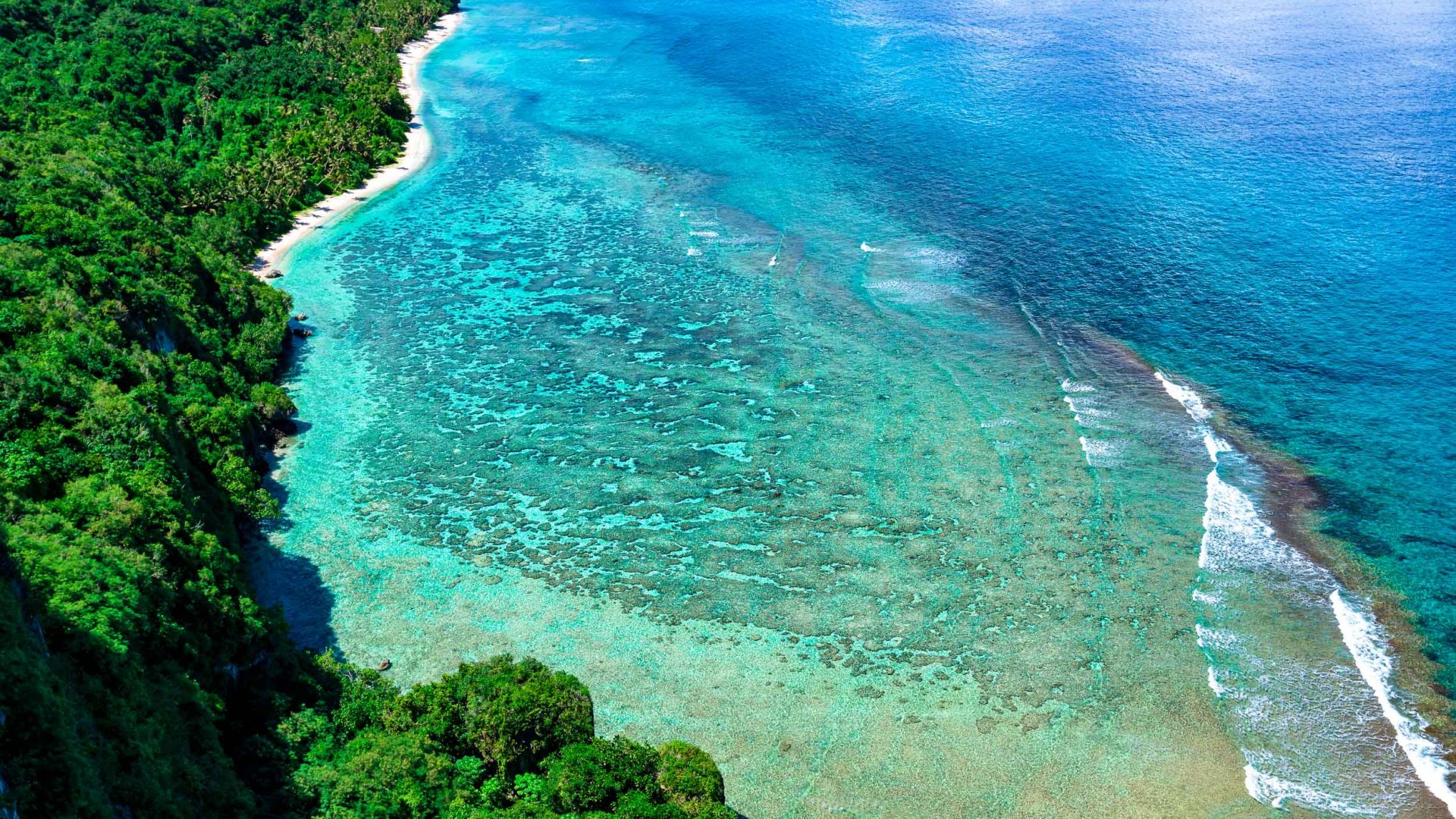
From the US’s first total solar eclipse in 40 years to a maniac riding a giant slice of pizza off an iceberg (in his underwear), here’s your wrap of the week’s essential adventure news.
Edinburgh University researchers have uncovered “the largest volcanic region on earth”, just 1.2 miles below the west Antarctic ice sheet. The newly discovered 91 volcanoes, in addition to the 47 previously known ones in the area, could pose a threat to the region and beyond, with scientists warning that any eruptions “could further destabilize west Antarctica’s ice sheets,” and accelerate the melting of ice into the sea. Scientists are currently working to figure out how active the volcanoes are.
The US island territory of Guam is using its moment in the spotlight—cast on it when North Korean Supreme Leader King Jong Un threatened to bomb it earlier this month—to highlight what it has to offer the discerning traveler. “The beach waters are crystal clear, beaches aren’t overrun, and nature hiking trails are very accessible,” read one editorial in The Guam Daily Post. Elsewhere, Josh Tyquiengco of the Guam Visitors Bureau told a French news agency that, while the circumstances are unfortunate, “this is a good opportunity for us to educate the world about Guam and our culture, about where we are, and who we are.” And NYTimes travel writer Doug Mack, who literally wrote the book on it, shares what it’s like to travel in Guam.
This week the US will experience its first total solar eclipse in nearly 40 years. Set to take place on August 21, the once-in-a-lifetime event will offer US citizens lucky enough to find themselves in the path of totality the opportunity to be plunged into almost complete darkness. Some die-hards travel the world chasing eclipses and as psychologist and eclipse-chaser Dr. Kate Russo told Adventure.com “It makes you feel insignificant. You feel part of something bigger … It makes you feel very humbled.” And yes, Bonnie Tyler will sing her epic ballad, Total Eclipse of the Heart—on an exclusive eclipse cruise, no less—during the event.
Melbourne, Australia, has been named the world’s most livable city for the seventh consecutive year, with all five Australian cities making it into the top 20. The Austrian capital Vienna, was tied with Melbourne on all fronts except culture and environment. The annual survey by The Economist assesses 140 cities on their healthcare, stability, culture and environment. So if you’re thinking about embarking on a move overseas for your next adventure, you could do worse than head Down Under.
Australian Geographic has announced the winners of its 2017 Nature Photographer of the Year Competition. Photographer Justin Gilligan took the top spot with his incredible snap of an octopus hunting crabs off the coast of Tasmania, while 16-year-old Georgia Poyner won the Junior category for her photo of a common dolphin.
The sunken Turkish city of Kekova may open up to diving for the first time in 30 years, thanks to efforts made by Münir Karaloğlu, the mayor of nearby Antalya, local archaeologists and experts. Karaloğlu is keen to overturn a ban on diving—in effect since 1986 in the interests of preservation—to help diversify the region’s tourism offering. The city was submerged after a series of severe earthquakes in the 2nd century AD. The final decision on lifting the ban will be made by Turkish ministers.
Elsewhere, Forbes take a look at ‘transformational travel’, a rock climber rides an inflatable slice of pizza off an iceberg, Outside Online detail all the adventure skills you will ever need, and Skift thinks it’s time for the travel industry to take the problems posed by overtourism seriously.





